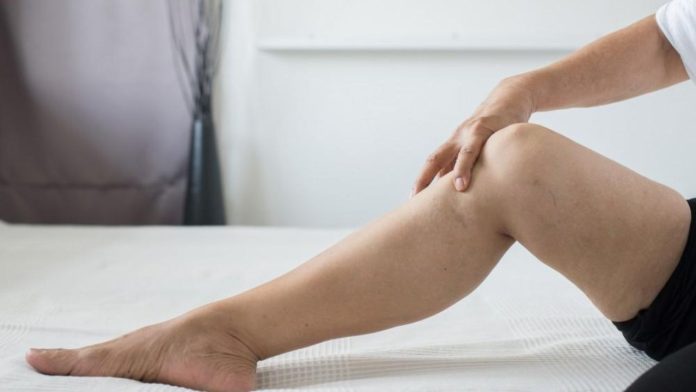Clots of blood can form in the deep veins of your thighs or legs, which can lead to a condition known as deep vein thrombosis. If you develop symptoms of deep vein thrombosis, such as swelling, discomfort, and redness in your thigh or calf after sitting for long periods of time, or if you often lead a sedentary lifestyle and have high cholesterol, this could be a clue that you have deep vein thrombosis. People who are obese and engage in very little physical activity are most likely to suffer from this illness. People who are dehydrated or who sit for extended periods of time are also at risk for developing a deep vein thrombosis (DVT).
Consider the following preventative steps to lessen your likelihood of developing deep vein thrombosis and pulmonary embolism:
1. Keep your body moving: Participating in regular physical activity is one of the best ways to increase blood circulation.
2. Strive to maintain a healthy weight. Being overweight is one of the risk factors for developing DVT.
3. Refrain from sitting or standing for extended periods of time; take frequent breaks if traveling or working at a desk.
4. Compression stockings: Wearing these can assist in the enhancement of blood circulation in the legs.
5. Medications: In order to avoid the formation of blood clots, your doctor may recommend anticoagulants or medications that thin the blood.
6. Hydration Keeping yourself adequately hydrated can aid in warding off the formation of blood clots.

 हिंदी
हिंदी






